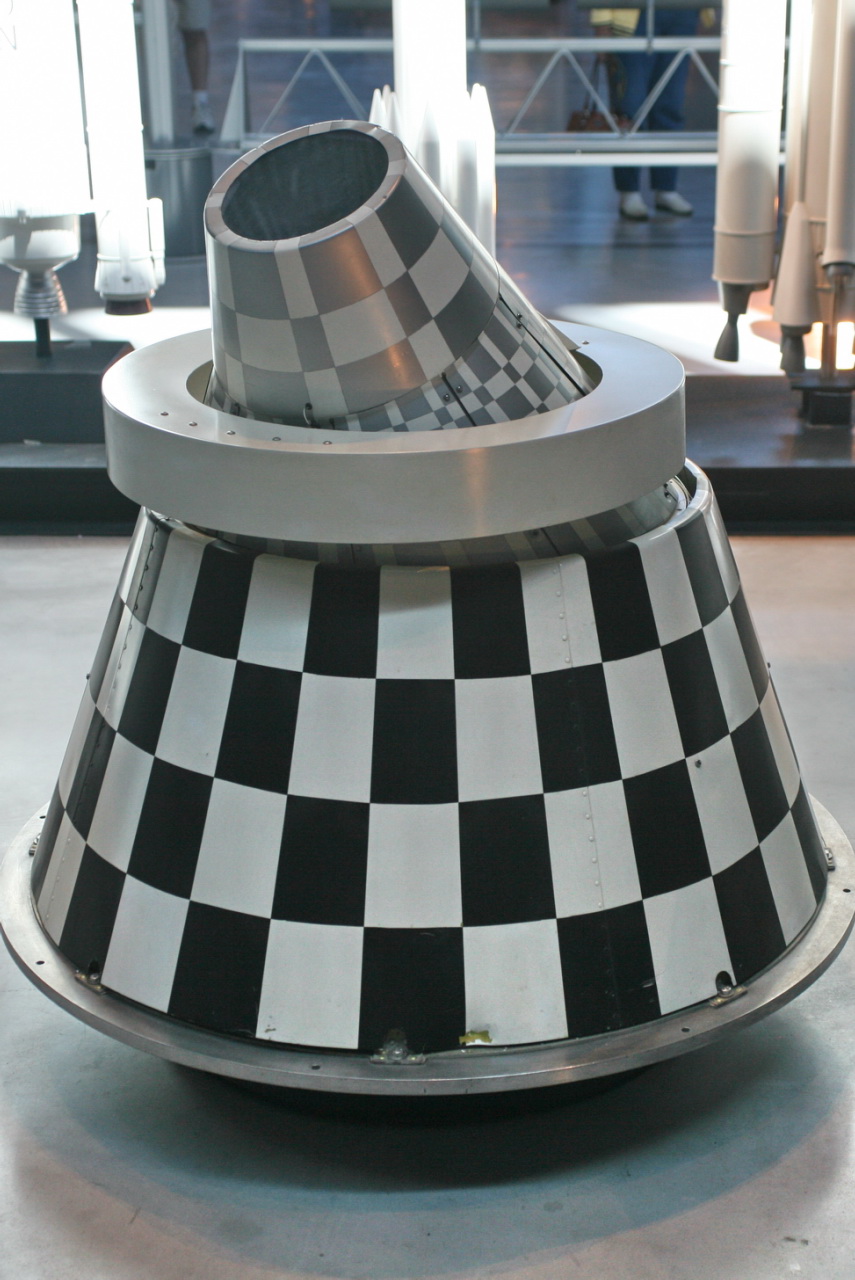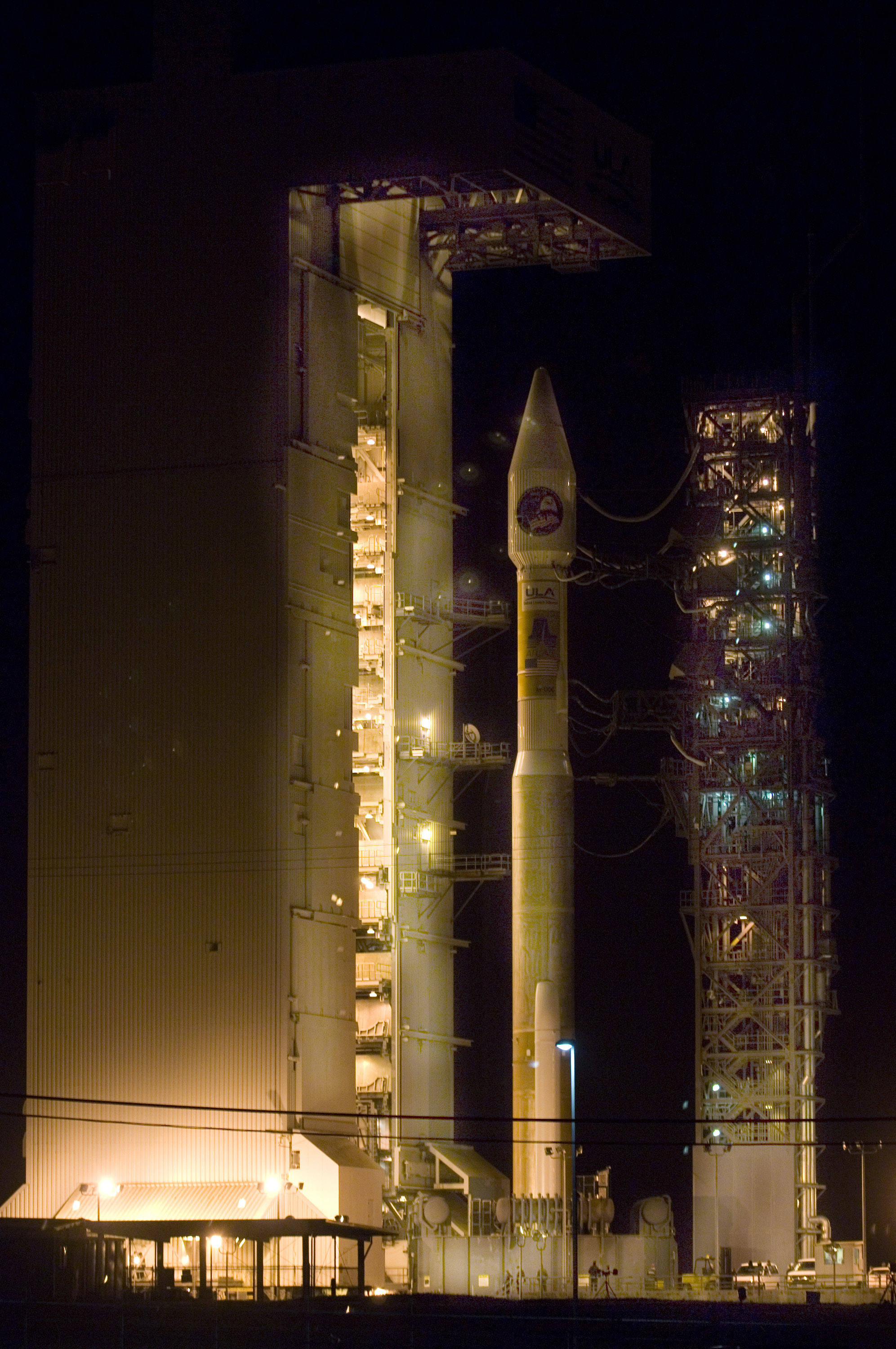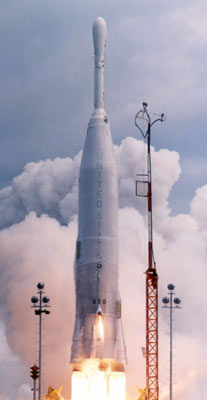|
List Of Atlas Launches (1960–1969)
Launch statistics Rocket configurations Launch sites Launch outcomes 1960 1961 1962 1963 1964 1965 1966 1967 1968 1969 References * * * * Main Page *List of Atlas launches {{DEFAULTSORT:List of Atlas launches (1960-69) Lists of rocket launches, Atlas Atlas (rocket family), * ... [...More Info...] [...Related Items...] OR: [Wikipedia] [Google] [Baidu] |
Missile Defense Alarm System
The Missile Defense Alarm System, or MIDAS, was a United States Air Force Air Defense Command system of 12 early-warning satellites that provided limited notice of Soviet intercontinental ballistic missile launches between 1960 and 1966. Originally intended to serve as a complete early-warning system working in conjunction with the Ballistic Missile Early Warning System, cost and reliability concerns limited the project to a research and development role. Three of the system's 12 launches ended in failure, and the remaining nine satellites provided crude infrared early-warning coverage of the Soviet Union until the project was replaced by the Defense Support Program. MiDAS represented one element of the United States's first generation of reconnaissance satellites that also included the Corona and SAMOS series. Though MIDAS failed in its primary role as a system of infrared early-warning satellites, it pioneered the technologies needed in successor systems. Origins On October 4, 1 ... [...More Info...] [...Related Items...] OR: [Wikipedia] [Google] [Baidu] |
Mercury-Atlas 2
Mercury-Atlas 2 (MA-2) was an unmanned test flight of the Mercury program using the Atlas rocket. It launched on February 21, 1961, at 14:10 UTC, from Launch Complex 14 at Cape Canaveral, Florida. Test objectives for this flight were concerned with the ability of the spacecraft to withstand reentry under the temperature-critical abort conditions and with the capability of the Atlas to meet the proper injection conditions. Convair had promised to deliver thicker-skinned Atlas vehicles for subsequent flights, however Missile 67D was the last of the thin-skinned model and so it had to be modified for the Mercury mission, incorporating a stainless steel reinforcing band installed around the vehicle between stations 502 and 510. A thin sheet of asbestos was installed between the reinforcing band and the tank skin. This modification was installed as a precaution against the type of failure which had occurred on the previous MA-1 flight. The booster's flight path was also modified somewh ... [...More Info...] [...Related Items...] OR: [Wikipedia] [Google] [Baidu] |
Pioneer P-31
Pioneer P-31 (also known as Atlas-Able 5B or Pioneer Z) was intended to be a lunar orbiter probe, but the mission failed shortly after launch. The objectives were to place a highly instrumented probe in lunar orbit, to investigate the environment between the Earth and Moon, and to develop technology for controlling and maneuvering spacecraft from Earth. It was equipped to take images of the lunar surface with a television-like system, estimate the Moon's mass and topography of the poles, record the distribution and velocity of micrometeorites, and study radiation, magnetic fields, and low frequency electromagnetic waves in space. A midcourse propulsion system and injection rocket would have been the first United States self-contained propulsion system capable of operation many months after launch at great distances from Earth and the first U.S. tests of maneuvering a satellite in space. Mission The spacecraft was launched on Atlas vehicle 91D coupled to Thor-Able upper stages in ... [...More Info...] [...Related Items...] OR: [Wikipedia] [Google] [Baidu] |
Samos (satellite)
The SAMOS (Satellite and Missile Observation System) or SAMOS-E program was a relatively short-lived series of reconnaissance satellites for the United States in the early 1960s, also used as a cover for the initial development of the KH-7 GAMBIT system. Reconnaissance was performed with film cameras and television surveillance from polar low Earth orbits with film canister returns and transmittals over the United States. SAMOS was first launched in 1960 from Vandenberg Air Force Base. SAMOS was also known by the unclassified terms Program 101 and Program 201. History Background WS-117L and costs SAMOS started as part of the WS-117L satellite reconnaissance and protection program of the United States Air Force in 1956. In May 1958, the Department of Defense directed the transfer of the WS-117L program to ARPA. Significant parts of the SAMOS development program were SAMOS-E (optical reconnaissance), SAMOS-F (ELINT Ferret reconnaissance). In FY1958, WS-117L was funded b ... [...More Info...] [...Related Items...] OR: [Wikipedia] [Google] [Baidu] |
Vandenberg AFB Space Launch Complex 3
Space Launch Complex 3 (SLC-3) is a launch site at Vandenberg Space Force Base that consists of two separate launch pads. SLC-3E (East) is currently used by the Atlas V launch vehicle, while SLC-3W (West) has been demolished. Launches from Vandenberg fly southward, allowing payloads to be placed in high-inclination orbits such as polar or Sun-synchronous orbit, which allow full global coverage on a regular basis and are often used for weather, Earth observation, and reconnaissance satellites. These orbits are difficult to reach from Cape Canaveral Space Force Station, where launches must fly eastward due to major population centers to both the north and south of Kennedy Space Center. Avoiding these would require hugely inefficient maneuvering, greatly reducing payload capacity. SLC-3E was the launch site of the Mars lander ''InSight'' in May 2018. SLC-3E History One of two Atlas-Agena pads at VAFB, SLC-3E was originally the designated facility for MIDAS (Missile Defense Alarm ... [...More Info...] [...Related Items...] OR: [Wikipedia] [Google] [Baidu] |
High Earth Orbit
A high Earth orbit is a geocentric orbit with an altitude entirely above that of a geosynchronous orbit (). The orbital periods of such orbits are greater than 24 hours, therefore satellites in such orbits have an apparent retrograde motion – that is, even if they are in a prograde orbit (0° ≤ inclination < 90°), their orbital velocity is lower than al speed, causing their to move westward on 's surface. Examples of satellites in high Earth orbit See al ...
|
Moon
The Moon is Earth's only natural satellite. It is the fifth largest satellite in the Solar System and the largest and most massive relative to its parent planet, with a diameter about one-quarter that of Earth (comparable to the width of Australia). The Moon is a planetary-mass object with a differentiated rocky body, making it a satellite planet under the geophysical definitions of the term and larger than all known dwarf planets of the Solar System. It lacks any significant atmosphere, hydrosphere, or magnetic field. Its surface gravity is about one-sixth of Earth's at , with Jupiter's moon Io being the only satellite in the Solar System known to have a higher surface gravity and density. The Moon orbits Earth at an average distance of , or about 30 times Earth's diameter. Its gravitational influence is the main driver of Earth's tides and very slowly lengthens Earth's day. The Moon's orbit around Earth has a sidereal period of 27.3 days. During each synodic period ... [...More Info...] [...Related Items...] OR: [Wikipedia] [Google] [Baidu] |
Pioneer P-30
Pioneer P-30 (also known as Able 5A, Atlas-Able 5A, or Pioneer Y) was intended to be a lunar orbiter probe, but the mission failed shortly after launch on September 25, 1960. The objectives were to place a highly instrumented probe in lunar orbit, to investigate the environment between the Earth and Moon, and to develop technology for controlling and maneuvering spacecraft from Earth. It was equipped to estimate the Moon's mass and topography of the poles, record the distribution and velocity of micrometeorites, and study radiation, magnetic fields, and low frequency electromagnetic waves in space. A mid-course propulsion system and injection rocket would have been the first United States self-contained propulsion system capable of operation many months after launch at great distances from Earth and the first U.S. tests of maneuvering a satellite in space. Mission Nearly a year passed between the first Atlas-Able launch in November 1959 and this second attempt due to a shortage ... [...More Info...] [...Related Items...] OR: [Wikipedia] [Google] [Baidu] |
Atlas-Able
The Atlas-Able was an American expendable launch system derived from the SM-65 Atlas missile. It was a member of the Atlas family of rockets, and was used to launch several Pioneer spacecraft towards the Moon. Of the five Atlas-Able rockets built, two failed during static firings, and the other three failed to reach orbit. The Atlas-Able was a three-and-a-half-stage rocket, with a stage-and-a-half Atlas missile as the first stage, an Able second stage, and an Altair third stage. The first Atlas-Able used an Atlas C as the first stage, but this exploded during a static fire test on 24 September 1959. The remaining launches used Atlas D missiles. Launches were conducted from Launch Complexes 12 and 14 at the Cape Canaveral Air Force Station. One launch was planned from Launch Complex 13 Launch Complex 13 (LC-13) was a launch complex at Cape Canaveral Space Force Station, the third-most southerly of the original launch complexes known as Missile Row, lying between LC-12 and ... [...More Info...] [...Related Items...] OR: [Wikipedia] [Google] [Baidu] |
Project Mercury
Project Mercury was the first human spaceflight program of the United States, running from 1958 through 1963. An early highlight of the Space Race, its goal was to put a man into Earth orbit and return him safely, ideally before the Soviet Union. Taken over from the US Air Force by the newly created civilian space agency NASA, it conducted 20 uncrewed developmental flights (some using animals), and six successful flights by astronauts. The program, which took its name from Roman mythology, cost $ (adjusted for inflation). The astronauts were collectively known as the "Mercury Seven", and each spacecraft was given a name ending with a "7" by its pilot. The Space Race began with the 1957 launch of the Soviet satellite Sputnik 1. This came as a shock to the American public, and led to the creation of NASA to expedite existing US space exploration efforts, and place most of them under civilian control. After the successful launch of the Explorer 1 satellite in 1958, crewed spacef ... [...More Info...] [...Related Items...] OR: [Wikipedia] [Google] [Baidu] |
Mercury-Atlas 1
Mercury-Atlas 1 (MA-1) was the first attempt to launch a Mercury capsule and occurred on July 29, 1960 at Cape Canaveral, Florida. The spacecraft was unmanned and carried no launch escape system. The Atlas rocket suffered a structural failure 58 seconds after launch at an altitude of approximately 30,000 feet (9.1 km) and 11,000 feet (3.4 km) down range. All telemetry signals suddenly ceased as the vehicle was passing through Max Q. Because the day was rainy and overcast, the booster was out of sight from 26 seconds after launch, and it was impossible to see what happened. The mission was to conduct a suborbital test flight and reentry of the spacecraft. The capsule carried live separation rockets, but dummy retrorockets. Several other systems were not installed, including the cabin pressurization system and the astronaut couch. A number of Mercury engineers had voiced their objection to the launch because the weather would prevent observation of the flight. Some witn ... [...More Info...] [...Related Items...] OR: [Wikipedia] [Google] [Baidu] |





